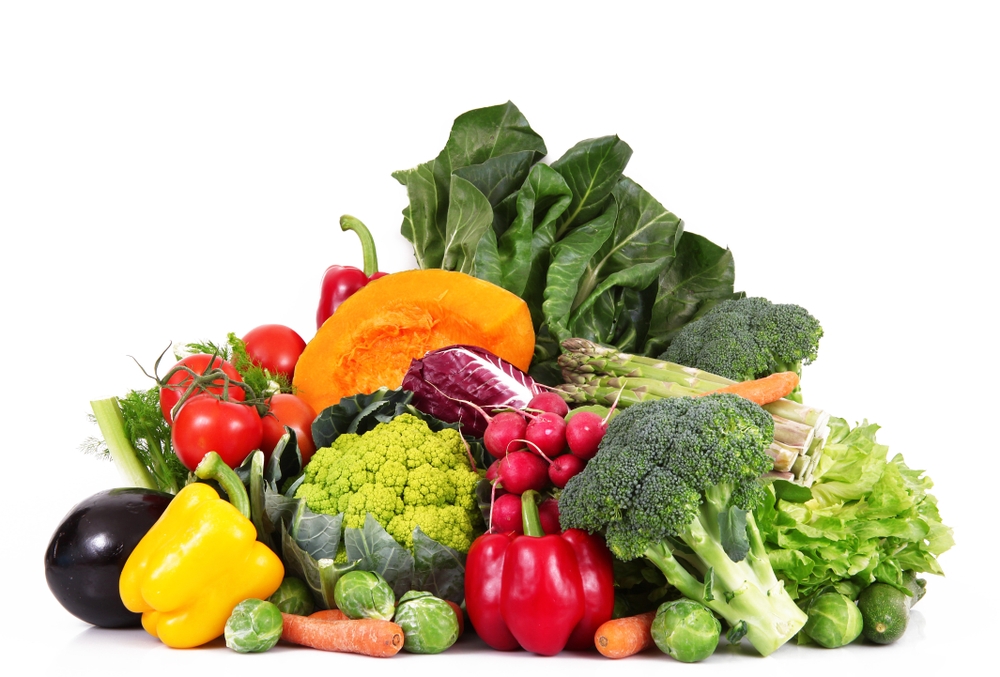
As the saying goes, if you want to get by, you have to eat some green every day.
Green leafy vegetables are perfect sources of vitamins, calcium, potassium, magnesium and other mineral elements. They are also rich in dietary fiber, promoting intestinal peristalsis and preventing constipation.
Today, we specially invited nutritionist Wang Xingguo to talk about the correct eating method of 5 common green leafy vegetables.
Rape: Calcium content is equivalent to milk,
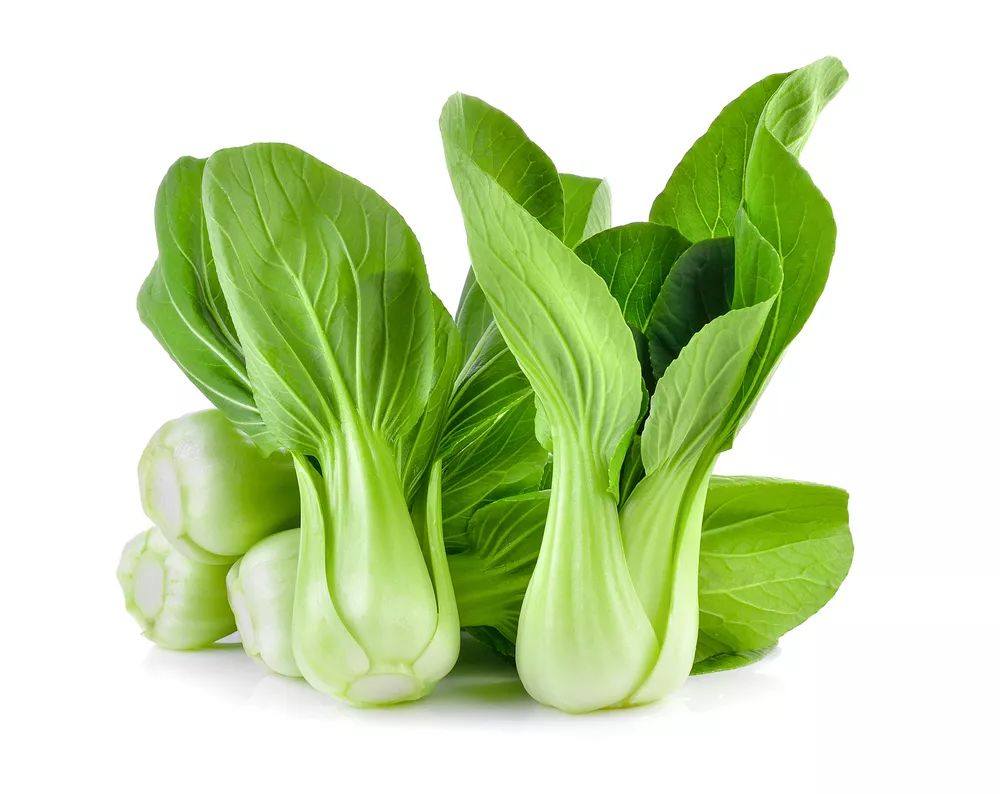
Rape is also called Shanghai green, pakchoi, green vegetables, gourd ladle, etc.
Small cooks hardly need to change knives, and the smallest [chicken hair] is rape seedlings.
As a representative ingredient of green leafy vegetables, the nutritional value of ordinary rape is beyond imagination.
Not only is the content of vitamin C similar to that of common fruits, but it is also rich in carotene, folic acid, potassium, vitamin B2, magnesium, dietary fiber, etc.
It is especially worth mentioning calcium. The calcium content in rape (108 mg/100g) is roughly the same as that in milk.
Although the absorption rate is lower than that of milk, it can be regarded as the champion of calcium supplement in the vegetable industry.
Celery: Don’t Throw Leaves
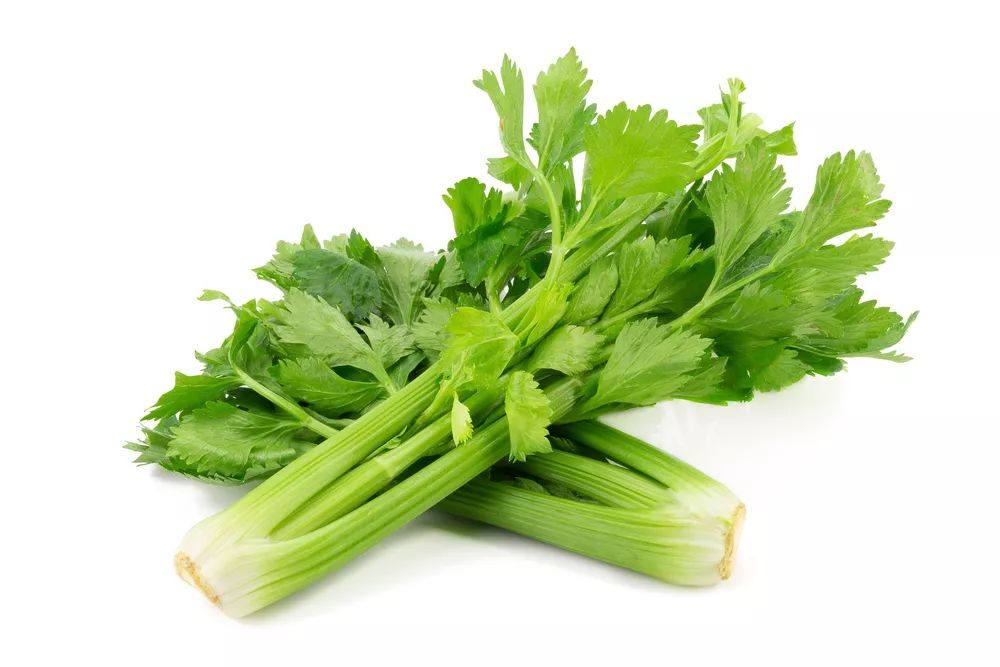
Strictly speaking, celery is not a green leafy vegetable, it is mainly a tender stem.
Many people are used to throwing away the leaves when eating celery. In fact, it is a pity, because celery leaves have higher nutritional value than celery stems, for example, they contain more carotene.
Because of its high sodium content, celery stems have a natural light salty taste. Every 100 grams of celery stems is equivalent to about 0.4 grams of salt.
Therefore, when burning celery, you should put less salt to avoid taking too much sodium.
Spinach: Remember to blanch
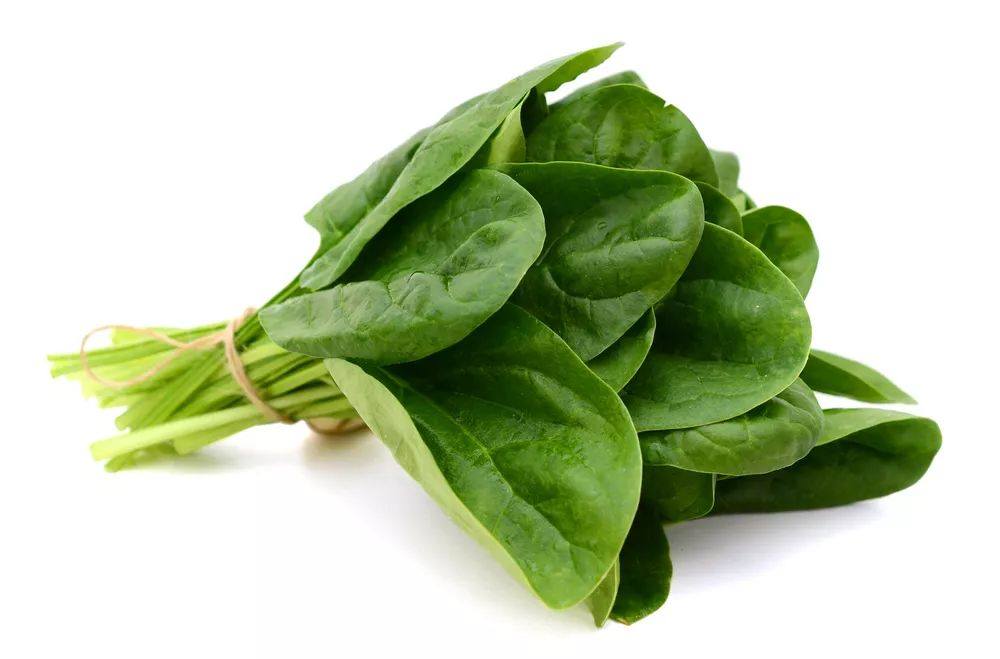
Spinach is also one of the most nutritious green leafy vegetables. However, spinach contains more oxalic acid.
In the intestinal tract, oxalic acid can inhibit the absorption of minerals such as calcium and iron, and increase the risk of kidney stones after entering the blood.
However, oxalic acid is very water soluble, so it should be blanched before spinach is made, so most oxalic acid can be removed.
However, patients with kidney stones (calcium oxalate stones) should restrict spinach consumption.
Chrysanthemum coronarium: Put less salt in cooking
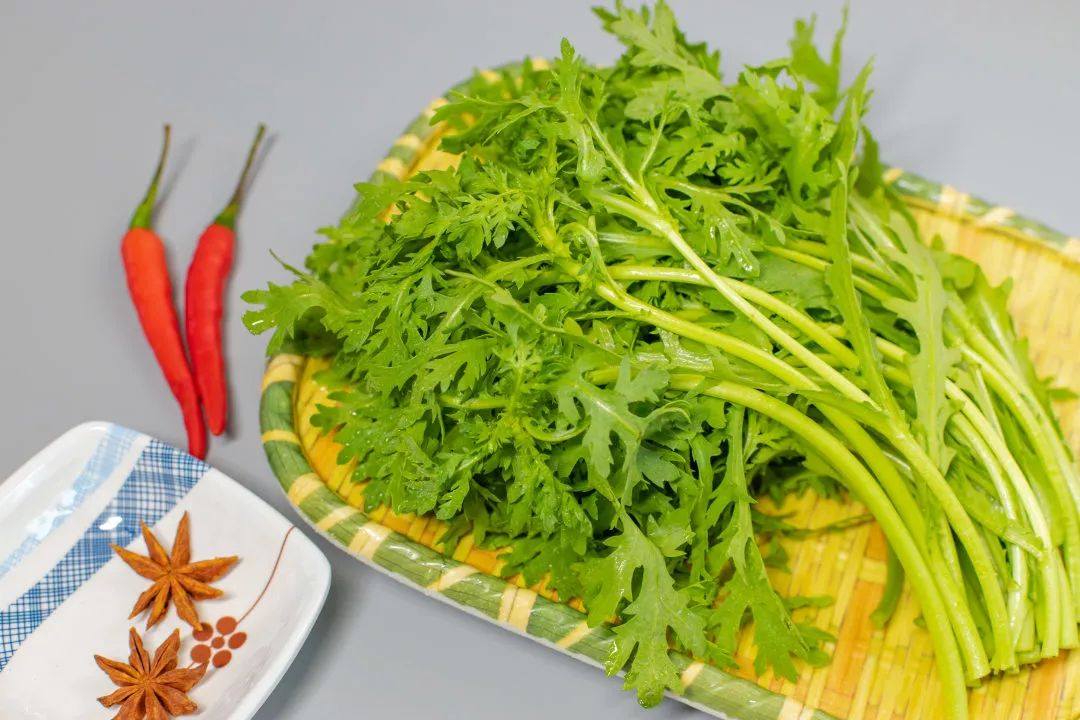
Chrysanthemum coronarium has many aliases, tarragon, artemisia, artemisia stalk, etc. Because the flowers are very similar to wild chrysanthemum, it is also called chrysanthemum vegetable.
It has a special fragrance, some people think it smells bad, but people like it very much.
In addition to the nutrient elements often mentioned, for Chrysanthemum coronarium, it is worth mentioning its sodium content.
Chrysanthemum coronarium contains more sodium (161 mg/100g) and is salty in itself. Less salt should be added when cooking.
Pea seedlings: Vitamin C content is 2 times that of oranges,
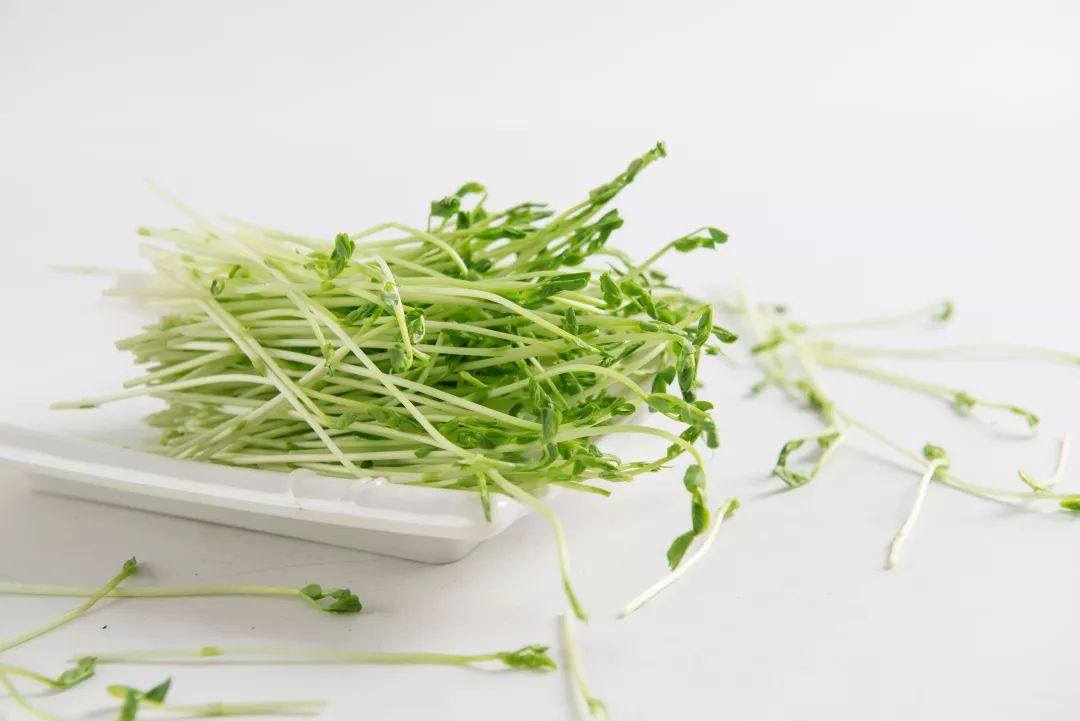
Spinach is also one of the most nutritious green leafy vegetables. However, spinach contains more oxalic acid.
In the intestinal tract, oxalic acid can inhibit the absorption of minerals such as calcium and iron, and increase the risk of kidney stones after entering the blood.
However, oxalic acid is very water soluble, so it should be blanched before spinach is made, so most oxalic acid can be removed.
However, patients with kidney stones (calcium oxalate stones) should restrict spinach consumption.
How much should I eat every day?
According to < < Dietary Guidelines for Chinese Residents > >, adults had better eat 300 ~ 500 grams of vegetables every day.
Because different vegetables [each has its own advantages] in nutritional composition, we should be [flower-oriented] and not eat only one kind of vegetable, but eat it in different ways.
The dark vegetables mentioned above should account for half of the total.
